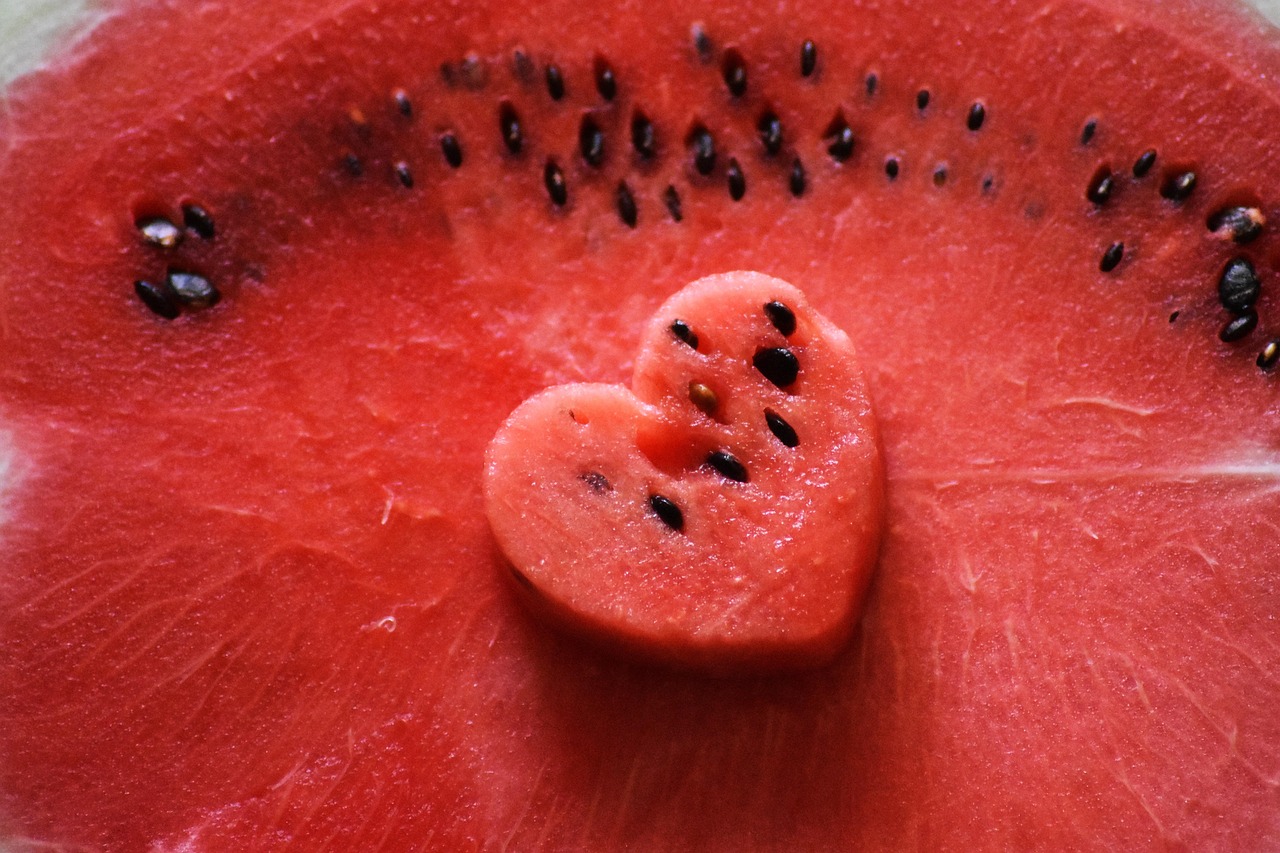Losing weight at home through a simple, sustainable diet is achievable by focusing on whole, nutrient-dense foods, portion control, and healthy eating habits without extreme restrictions. A balanced approach that includes high-protein, high-fiber foods, and mindful eating can lead to steady, long-term weight loss. This comprehensive guide provides a practical, science-backed plan using accessible Indian ingredients and home-based strategies.
Core Principles of Simple Home-Based Weight Loss
Adopting a few foundational habits can significantly impact weight loss without requiring complex meal plans or expensive supplements. Prioritizing whole, single-ingredient foods naturally reduces calorie intake while increasing satiety. Limiting processed foods, refined carbohydrates, and added sugars is crucial, as these are often high in empty calories and can trigger overeating. Drinking adequate water throughout the day helps manage appetite and supports metabolism, especially when consumed before meals. Additionally, getting sufficient sleep and managing stress are essential, as sleep deprivation can disrupt hunger hormones and increase cravings for high-calorie foods.
Key Weight-Loss Friendly Foods
Incorporating specific nutrient-rich foods into daily meals can enhance satiety and support fat loss. High-protein foods like eggs, chicken breast, fish, paneer (cottage cheese), and lentils are particularly effective, as protein increases feelings of fullness and helps preserve muscle mass during weight loss. Eggs, for instance, make an excellent breakfast choice, helping to reduce calorie intake later in the day. Fiber-rich foods such as leafy greens (spinach, fenugreek), cruciferous vegetables (broccoli, cauliflower), whole grains (brown rice, oats, millets), and legumes (dal, chickpeas) add volume to meals with minimal calories, promoting digestive health and stable blood sugar levels. Superfoods like chia seeds, which expand in the stomach, and Greek yogurt, rich in probiotics and protein, are also valuable additions. Spices such as chili peppers contain capsaicin, which may slightly boost metabolism and fat burning.
Sample 7-Day Simple Diet Plan
A structured yet flexible meal plan can simplify daily eating. The following is a balanced, home-based 7-day diet incorporating the principles above:
Day 1: Fruit Focus
- Breakfast: 1 apple
- Mid-morning: ½ bowl sliced muskmelon
- Lunch: 1 bowl watermelon
- Evening: 1 orange
- Dinner: Pomegranate salad with 1 cup muskmelon
- Hydration: 8–12 glasses of water
Day 2: Vegetable Emphasis
- Breakfast: 1 cup boiled potatoes
- Mid-morning: ½ bowl cucumber
- Lunch: 1 cup each of lettuce, cucumber, spinach, and capsicum
- Evening: ½ cup sliced carrots with lemon water
- Dinner: 1 cup boiled broccoli and green peas
- Hydration: 8–12 glasses of water
Day 3: Fruits and Vegetables
- Breakfast: ½ bowl muskmelon
- Mid-morning: 1 cup pineapple or pear
- Lunch: 1 cup each of lettuce, cucumber, spinach, and capsicum
- Evening: ½ cup sliced carrots with lemon water
- Dinner: 1 cucumber
- Hydration: 8–12 glasses of water
Day 4: Banana and Milk
- Breakfast: 2 bananas
- Mid-morning: 1 banana
- Lunch: Milkshake with 2 bananas, cocoa powder, and 1 glass milk
- Evening: 2 bananas
- Dinner: 1 banana and 1 glass milk
- Hydration: 8–12 glasses of water
Day 5: Brown Rice and Tomatoes
- Breakfast: 3 tomatoes
- Mid-morning: ½ cup brown rice with sautéed veggies
- Lunch: 2 tomatoes
- Evening: 1 bowl brown rice
- Dinner: 1 tomato with ½ cup sautéed veggies and tomato soup
- Hydration: 8–12 glasses of water
Day 6: Repeat Day 5 with Vegetables
- Follow the same pattern as Day 5, adding more uncooked or cooked vegetables, excluding potatoes and fruits.
Day 7: Balanced Meal
- Breakfast: 1 glass orange or apple juice
- Lunch: ½ cup sautéed veggies with ½ cup brown rice
- Evening: 1 cup watermelon with berries
- Dinner: ½ cup brown rice with ½ cup sautéed veggies and soup
- Hydration: 8–12 glasses of water
Practical Tips for Success
Consistency and small, sustainable changes are more effective than drastic measures. Eating slowly and chewing food thoroughly can help the brain register fullness, preventing overeating. Using smaller plates can create the visual illusion of a fuller plate, aiding in portion control. Preparing meals at home allows for better control over ingredients and calorie content. Mindful eating, which involves paying full attention to the experience of eating and recognizing hunger and fullness cues, can reduce emotional and binge eating. For those who consume caffeine, unsweetened coffee or green tea may support weight loss by boosting metabolism and fat oxidation. It is also important to consult a healthcare provider before starting any new diet, especially for individuals with underlying health conditions
Here are some important cautions to keep in mind when trying to lose weight with a simple diet at home:
- Avoid extreme calorie restriction or crash diets as they can harm metabolism and overall health.
- Don’t skip meals regularly; it can lead to overeating later and disrupt energy levels.
- Stay hydrated but avoid excessive intake of caffeinated or sugary drinks.
- Be cautious about cutting out entire food groups without professional guidance to prevent nutrient deficiencies.
- Gradual weight loss of about 1-2 pounds per week is safer and more sustainable than rapid loss.
- If you have any medical conditions or are on medication, consult a healthcare provider before starting any diet plan.
- Avoid relying solely on diet; incorporating physical activity and adequate sleep is essential for healthy weight loss.
- Be mindful of emotional eating triggers and avoid using food as a coping mechanism.
- Listen to your body’s hunger and fullness cues to avoid under-eating or bingeing.
These cautions help ensure weight loss efforts are safe, effective, and supportive of overall well-being.



